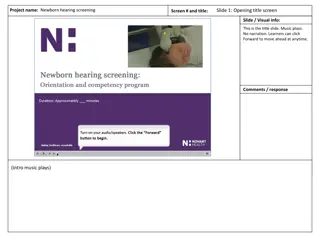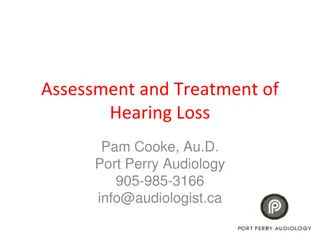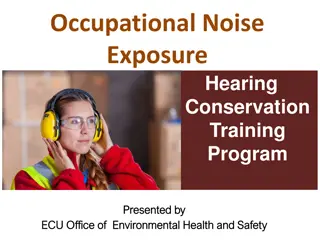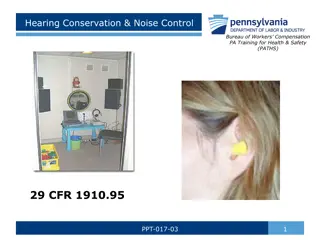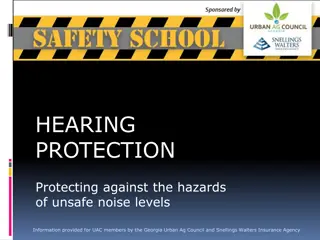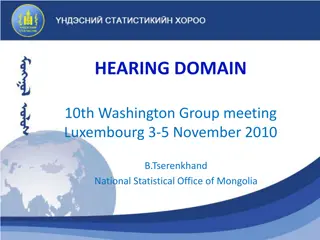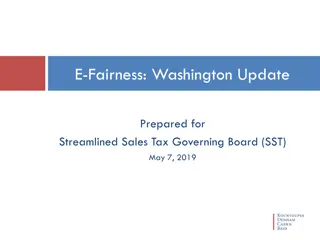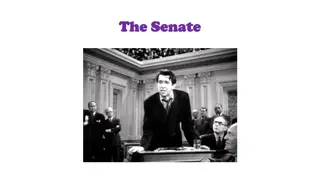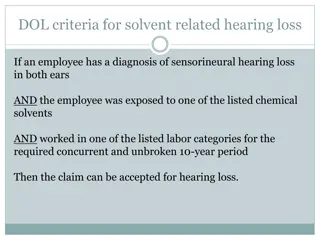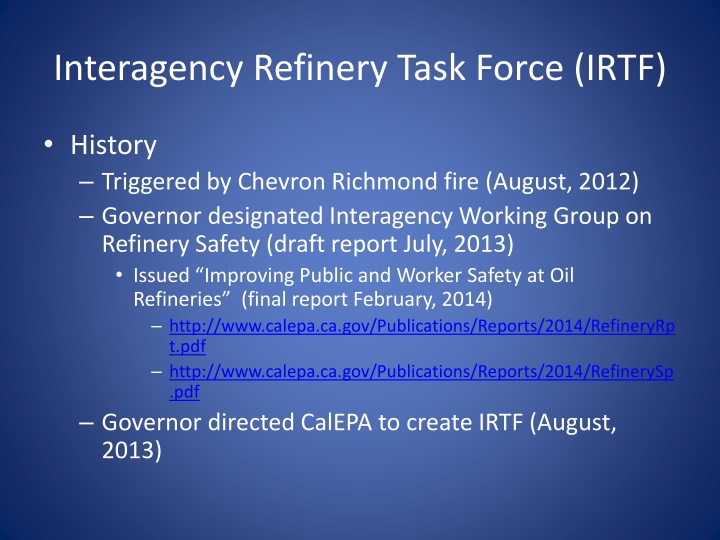
Interagency Refinery Task Force (IRTF) and Refinery Safety Initiatives
The Interagency Refinery Task Force (IRTF) was established following the Chevron Richmond fire in August 2012 to improve public and worker safety in oil refineries. The IRTF comprises various agencies and organizations working together to address emergency management, safety, prevention, public education, and agency coordination. Current focus areas include safety and prevention, emergency response, enforcement coordination, and community education. Safety forums are established across California for dialogue and sharing best practices among industry, labor, community, and environmental groups.
Download Presentation

Please find below an Image/Link to download the presentation.
The content on the website is provided AS IS for your information and personal use only. It may not be sold, licensed, or shared on other websites without obtaining consent from the author. If you encounter any issues during the download, it is possible that the publisher has removed the file from their server.
You are allowed to download the files provided on this website for personal or commercial use, subject to the condition that they are used lawfully. All files are the property of their respective owners.
The content on the website is provided AS IS for your information and personal use only. It may not be sold, licensed, or shared on other websites without obtaining consent from the author.
E N D
Presentation Transcript
Interagency Refinery Task Force (IRTF) History Triggered by Chevron Richmond fire (August, 2012) Governor designated Interagency Working Group on Refinery Safety (draft report July, 2013) Issued Improving Public and Worker Safety at Oil Refineries (final report February, 2014) http://www.calepa.ca.gov/Publications/Reports/2014/RefineryRp t.pdf http://www.calepa.ca.gov/Publications/Reports/2014/RefinerySp .pdf Governor directed CalEPA to create IRTF (August, 2013)
IRTF Members Organizations in red indicate present this evening California Environmental Protection Agency California Air Resources Board Department of Toxic Substances Control State Water Resources Control Board Department of Industrial Relations Division of Occupational Safety and Health Governor s Office of Emergency Services California Department of Public Health California Emergency Medical Services Authority Office of the State Fire Marshal U.S. Environmental Protection Agency Region 9
IRTF Members (cont.) Certified Unified Program Agencies with refineries Contra Costa County Environmental Health El Segundo Fire Kern County Environmental Health Los Angeles County Fire City of Los Angeles Fire San Luis Obispo County Environmental Health Solano County Environmental Health Local Air Pollution Control Districts with refineries Bay Area Air Quality Management District San Joaquin Valley Air Pollution Control District San Luis Obispo County Air Pollution Control District South Coast Air Quality Management District
Recommendation Categories 1. Emergency management and response 2. Safety and prevention 3. Public education and outreach 4. Improved agency coordination through the establishment of an Interagency Refinery Task Force www.calepa.ca.gov/refinery
IRTF Current Areas of Focus Three Work Groups Safety and Prevention Emergency Preparedness and Response Enforcement Coordination Community Education and Alerts
Safety Forums Establish forums in northern, central, and southern California for ongoing dialogue among industry, labor, community, environmental groups and regulators [Focusing ] on joint learning, sharing of good process safety practices among California refineries, examination of performance metrics, root cause analysis of incidents, and other issues proposed in this report for further evaluation. Improving Public and Worker Safety at Oil Refineries
Hierarchy of Controls Inherent Safety Human Factors Safety Culture Assessments Damage Mechanism Hazard Reviews Root Cause Analysis
Hierarchy of Hazard Control Hierarchy of Hazard Control: Hazard prevention and control measures, in priority order, to eliminate or minimize a hazard.

